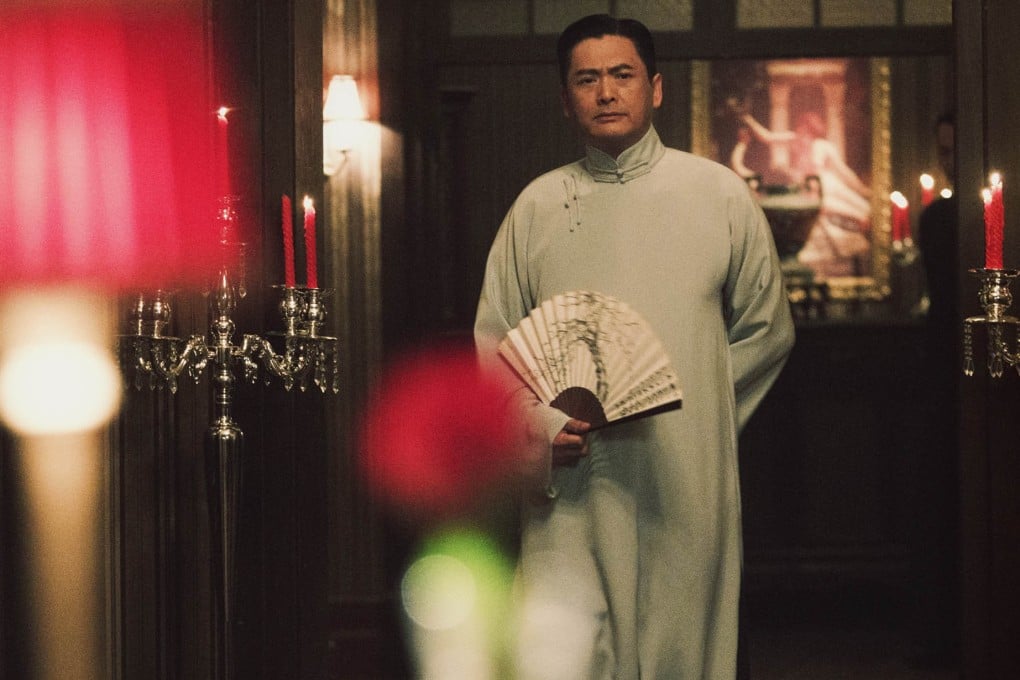Why the elegant male cheongsam was forgotten
Now sadly out of favour, the male cheongsam was once an elegant sartorial addition to the streets of China

Classically tailored men’s cheongsam – especially when made from top-quality silk – have always been an expensive undertaking. Construction of each garment requires several continuous metres of fabric; sleeves and body panels must all be cut in a single piece from one length of cloth, without recourse to seams. In place of buttons, collars and shoulder- and side openings are held together by knot-and-loop style fastenings, popularly known as “frogs”. Silk fastenings are typically made from the same fabric used for the garment’s inner lining, or from satin in a matching or complementary colour scheme.

While widely worn throughout China during the late-Qing period, the male cheongsam enjoyed its highest popularity in the Republican era – in particular the 20s and 30s. During this time of disconcerting societal change, the garment came to symbolise a more traditional Chinese personal identity for some wearers. But for others, it simply combined everyday comfort and convenience with a beguiling olde-worlde charm.
For those who enjoyed playing the role of a scholar-poet from earlier days, a flowing male cheongsam was a perfect sartorial fit. One well-known personality, who habitually wore the garment to the exclusion of anything else, was Chinese avant-garde poet Zau Sinmay (1906-1968). A contributor to the influential Shanghai literary journal T’ien Hsia Monthly, Zau had earlier studied at Cambridge University in Britain, where – like other Chinese students from wealthy families – he developed a fondness for tweed, plus fours and well-tailored dinner jackets. On his eventual return to China, however, Zau’s erstwhile taste for these foreign garments was discarded as a youthful affectation.
Henceforth, his unvarying choice of the cheongsam rendered him – even then – as an eccentric figure.

In Mr. Pan (1942), American author Emily Hahn – who was also the poet’s long-term lover – described Zau as “pale and wraithlike … gowned in sober brown …” and in her memoir China To Me (1944) described an incident on the Shanghai Bund when “his pale face and long gown caused such excitement …” in cosmopolitan Shanghai society.